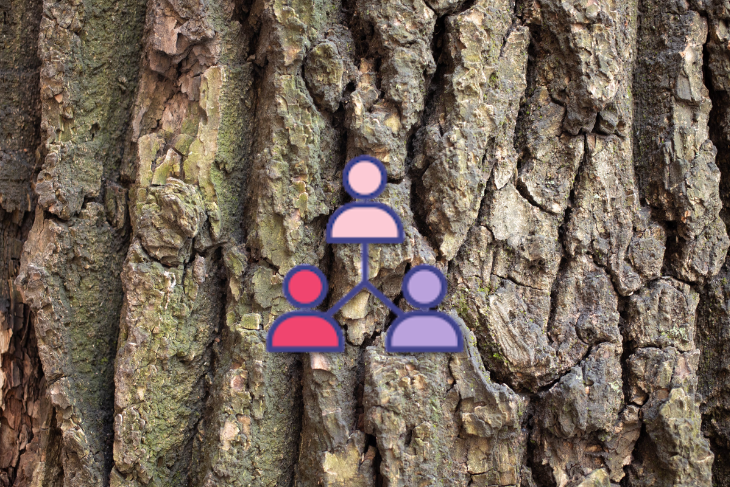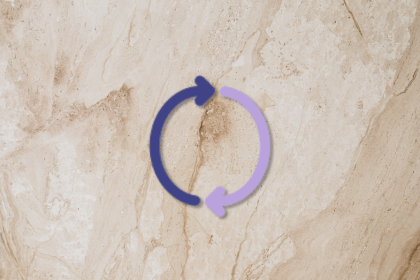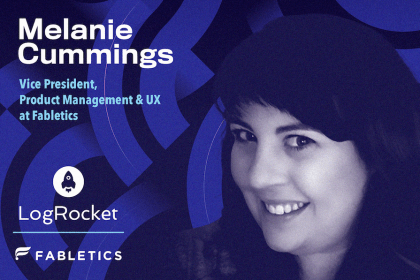Although it’s not necessarily part of your formal job description as a product manager, creating a team dynamic where every member can excel and contribute is something that will naturally fall onto your plate. That’s because you’re responsible for helping your team prioritize projects, decide what to spend time on, and ultimately ship an amazing product for your end users. A critical part of this is making sure the team works together well!

Team-building activities are activities that your entire team can do together to cultivate strong working relationships. These relationships are built on trust and mutual understanding, which team-building activities strengthen. Team-building activities are explicitly not focused on accomplishing work items or projects but rather are meant to help build better personal connections between members of a team.
Aim to do these on a consistent basis. In fact, my startup does team-building activities once a week!
When I first started out in product management, there were over 20 engineers and just one product manager (me). In a team with that kind of dynamic, it’s important for all the engineers to trust you and like working with you in order to get anything done.
Every time I built a roadmap, I’d actually schedule time with the engineers who were going to work on the specific projects coming up to solicit feedback and gather ideas. This helped me build roadmaps that had team buy-in before any formal team presentation and gave the team 1:1 time to discuss any concerns they had.
But beyond 1:1 interactions, cultivating a great team environment also facilitates better idea transfer, more natural brainstorming sessions, and safe, open environments for teams to do their best!
If no one on your team has taken on the task of team building yet, here are some ideas that you can try to build up a great team environment:
Brainstorming sessions are a really great team-building activity because they allow your team to collaborate on a given problem in a structured way. Now these aren’t meant to be working sessions! Instead, choose topics that aren’t directly related to an ongoing project.
Maybe you want to brainstorm cool ways to attract more customers to your website. Maybe you want to brainstorm more team activities. You could also brainstorm improvements to your overall process.
In brainstorming sessions, it’s important to structure the exercise. A good way to do this is to use sticky notes. Pose a question that you want the team to brainstorm. Then, let everyone come up with ideas on sticky notes for at least five minutes.
Have everyone write a single idea on a sticky note so that you can re-order and move notes around. Next, organize the sticky notes into themes. Finally, you can give each person on your team a limited number of votes (e.g, three votes), and they can vote for their top three themes.
This kind of sticky note brainstorming session is great because it forces even the most quiet members of your team to contribute. It also helps you identify areas of consensus for your team and gives your team insight into what other team members think as well.
Lunch and learns are another great, structured activity for team building. Just like with the brainstorming session, you want to create structure around this activity so that everyone on the team gets a chance to participate.
Although many companies choose to use lunch and learns to share work-related things, you can also use lunch and learns to have your team share hobbies that they enjoy. Maybe a lunch and learn topic could be someone’s vacation to Rome! By giving your team the opportunity to choose what they want to do their lunch and learn on, you give them the chance to express themselves and share what they care about in their personal lives with the team.
Board games are a great way to get everyone together and let loose. If you have a bigger team, you can break the team up into multiple groups and create board game stations.
For smaller teams, you can find board games that can accommodate the number of members in your team. At my prior startup, we would do pizza night with board games and Mario Cart.
Although board games aren’t related to work at all, they require your team to spend time together and team up with each other.
Scavenger Hunts are fun ways to get to know your teammates, and you can even do scavenger hunts remotely! Come up with around five questions that describe an object that each team member needs to find in their house. For example:
Then, give your teammates time to find an object that fits the description. Everyone who finds an object that matches the description gets a point. People who get the same object or fail to get an object don’t get any points. This is a fun way to learn more about your co-workers as people come up with the funniest things!
If you’re looking for an activity to do outside of the office, volunteering is always an excellent option. It’s a great way to give back to the community, reinforce company values, and get everyone together working for the common good.
Another popular activity outside of the office is an escape room. Escape rooms are great activities as they require teamwork and problem-solving. They are essentially like real-world board games!
Your entire team can take a field trip out to an escape room, have fun trying to solve it, and get lunch or dinner afterward. Escape rooms do take a bit more time as you need to incorporate time to travel there, so this is a team-building activity that you might do once every quarter, rather than once every week or month.
Hackathons are a fun way to get everyone to brainstorm and work on cool ideas related to work, but not directly related to the tickets they are assigned. During hackathons, team members can work on projects they’ve always wanted to work on, but don’t have time to address.
As with some of the activities mentioned before, it’s important to provide some structure around the hackathon. Perhaps you want the team to brainstorm ways to improve onboarding or build a solution to a common customer problem.
Alternatively, I’ve seen voting awards do very well to provide some structure. You can have a “best all-around” award, a “most creative” award, and a “biggest customer impact” award.
Have the team vote on these awards so that no one person chooses who wins what.
Leaving my favorite for last, daily yoga is a fun activity that my team does literally every day. We take 15 minutes every day to do a quick stretch, chat about how things are going, and simply stretch our legs.
We keep this super short, but since we’re a remote-first company, this gives us the opportunity to see each other consistently, even if we aren’t talking about work. There are some great yoga sessions on YouTube as well as on fitness apps.
At my startup, our entire team is remote, so we’ve found ways to run team-building activities even remotely. For brainstorming sessions and workshops, tools like Miro, Mural, and Figjam are great. They have built-in functions around sticky notes that make it easy to run these activities. You’ll also want to make sure you have a video conferencing solution like Zoom.
If you’re looking to do other activities like board games, many board games are now available online. Games like Codenames, Dominion, Skribblio, and Gartic Phone all have online versions that are fun to play.
We’ve even played Fortnite as a team by streaming on Twitch! For different time zones, I would suggest running team-building activities within a given time zone on a weekly basis and spanning time zones on a biweekly or monthly basis.
Team-building activities take time to organize and put together. So how do you know whether or not all the team-building activities you’re putting together are working? Well, not everything needs to drive towards hard, tangible numbers. But there are still ways to measure whether or not team-building activities are effective.
First, you can run surveys after each team-building activity to ask for feedback. In this survey, you can have people rank the activity, describe what they liked, and offer thoughts on what they want to improve. You can also measure attendance to different activities to get a sense of whether or not enough people on the team enjoyed the activity.
Team building is often viewed as a nice thing to do to cultivate your team culture, but investing time in team building can work wonders in helping your team build great products together.
You’re often tasked with trying to solve difficult problems at work, and if you can cultivate a team culture where everyone likes and trusts each other, you’ll be able to solve problems in an open and transparent way.
People will also have more fun at work! If you’re looking for some team-building activities to do this week, pick one off the list above. Remember to have fun!
Featured image source: IconScout
LogRocket identifies friction points in the user experience so you can make informed decisions about product and design changes that must happen to hit your goals.
With LogRocket, you can understand the scope of the issues affecting your product and prioritize the changes that need to be made. LogRocket simplifies workflows by allowing Engineering, Product, UX, and Design teams to work from the same data as you, eliminating any confusion about what needs to be done.
Get your teams on the same page — try LogRocket today.

The continuous improvement process (CIP) provides a structured approach to delivering incremental product enhancements.

As a PM, you’re responsible for functional requirements and it’s vital that you don’t confuse them with other requirements.

Melani Cummings, VP of Product and UX at Fabletics, talks about the nuances of omnichannel strategy in a membership-based company.

Monitoring customer experience KPIs helps companies understand customer satisfaction, loyalty, and the overall experience.